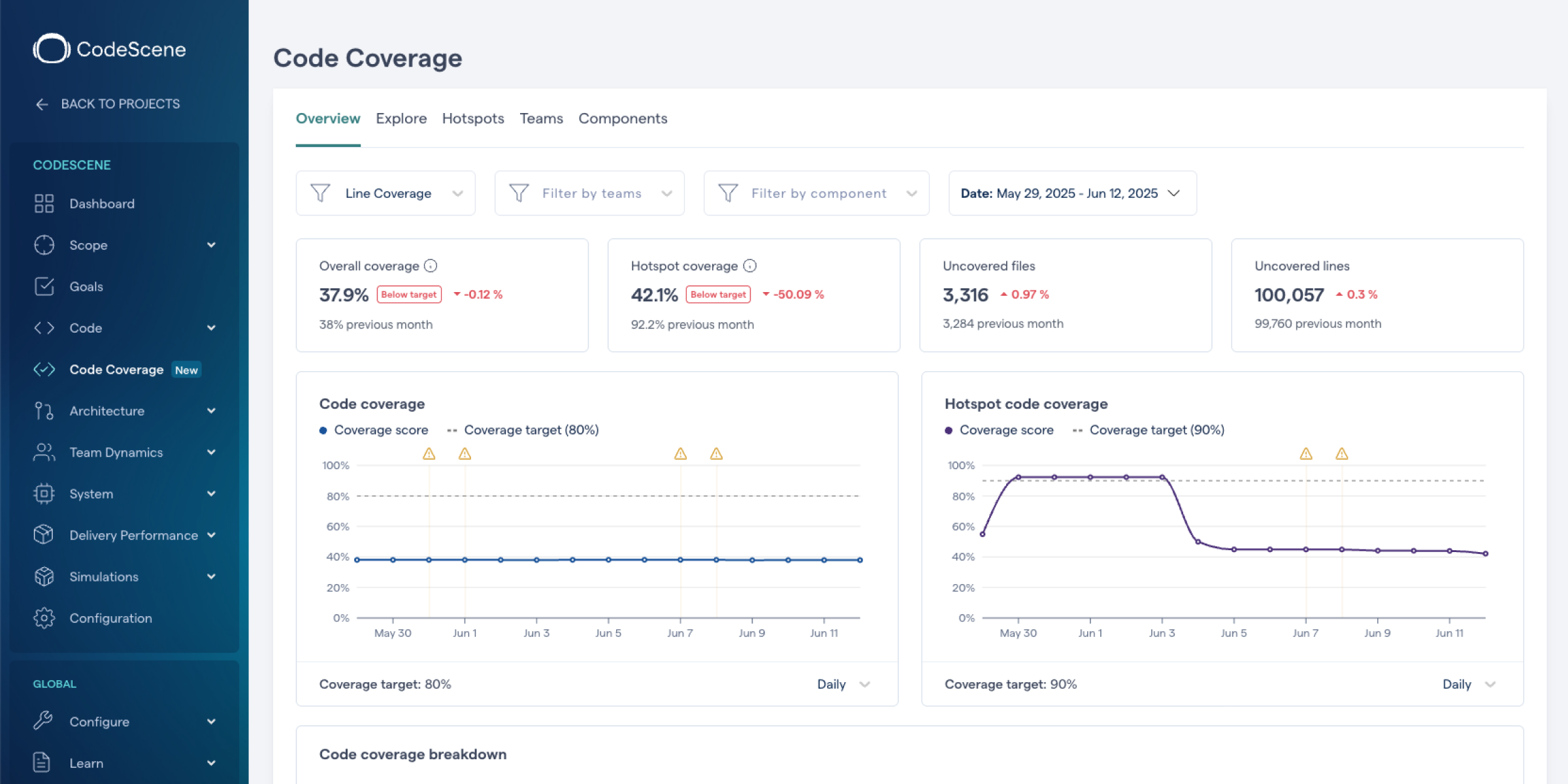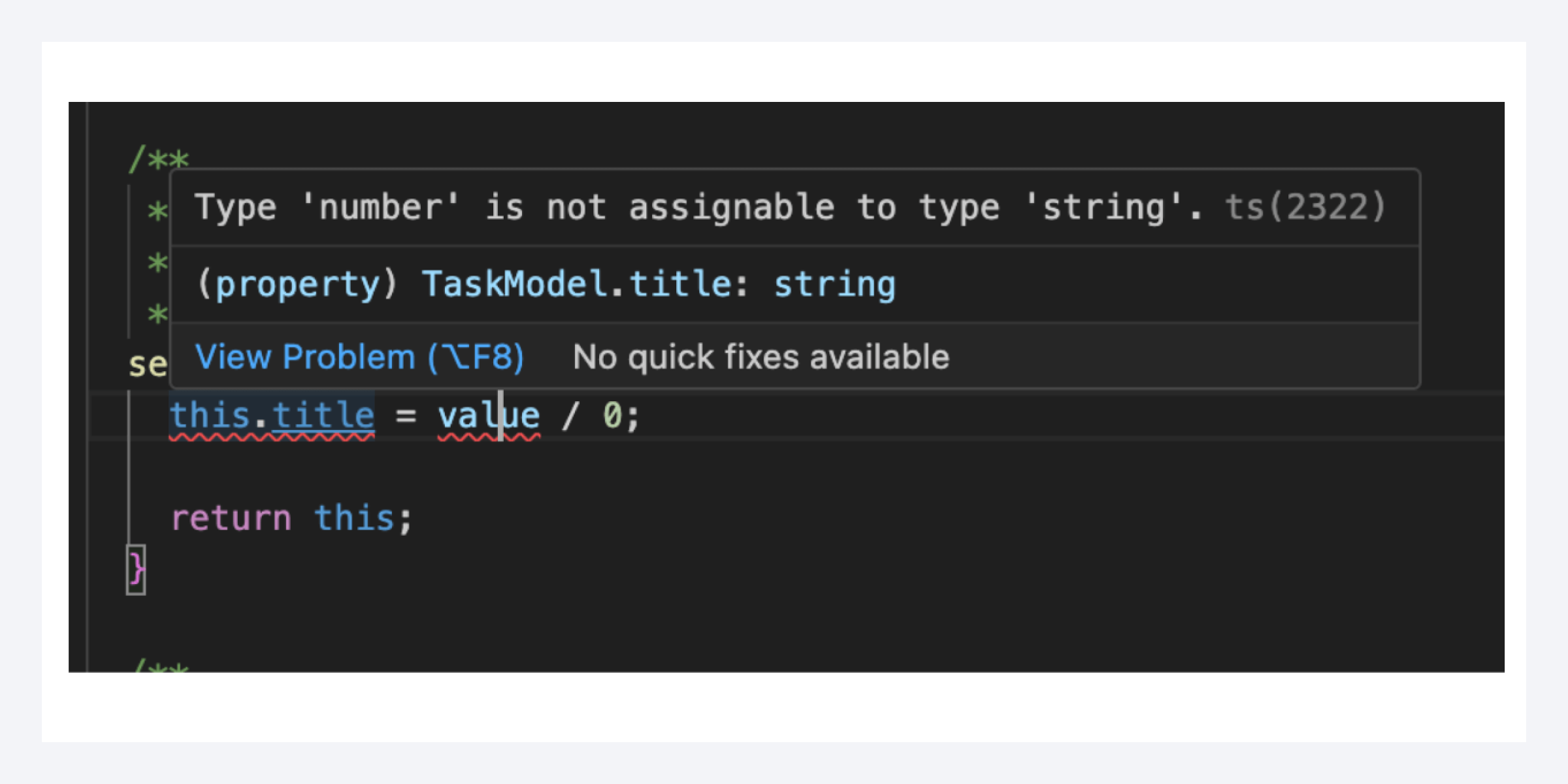Interview with Peter Caron, former SVP Global Engineering at HelloFresh and member of CodeScene's Advisory Board on his usage of CodeScene and how they've leveraged the tool during his time at HelloFresh.
How did you discover CodeScene?
It is a long story, actually. I first started using the tool in 2014 when there was an open source version, and before it became the CodeScene we know today. Since this was in the early start for the tool I had a lot of contact with Adam Tornhill, CTO and founder of CodeScene, discussing the possibilities of adding more features and improving the tool. Since the start I have used CodeScene continuously to match quality assurance and process object absorption rates.
Is Technical Debt a Problem?
I do not find technical debt to be a problem in and of itself, however technical risk is a real problem. In the context of CodeScene the software helps me to identify technical risks while prioritizing in what order actions are needed to mitigate it. Oftentimes technical debt and technical risks are correlating. For example, we conducted a detailed analysis of our bugs and tried to trace them back to code. What we found was that there was a direct correlation between different code bugs and risks in 2019 and have used this functionality since then with great results.
How do you think programming will evolve in the coming years?
Hard to say, really. But over a long time the guiding principle of most software projects has been more or less a waterfall model where coding was a linear ordal. In today’s world, however, development tries to be more agile and in the best cases more focused on certain components of the code stack. On a more general level I think that some programming languages need to change. For example Python. It can too easily produce sloppy software products which should be contrary to the community’s general need. Of course, any language is only as good as the programmers who use it.

What are the biggest trends in terms of SaaS in the coming years?
What are the biggest benefits for companies using CodeScene?
How would you say CodeScene stands out to the competition?
Benefits with CodeScene
 Monitor Trends and Progress
Monitor Trends and Progress
 Use CodeScene in Daily Development and Refactoring
Use CodeScene in Daily Development and Refactoring
 Time and money saved by decreasing excess rework
Time and money saved by decreasing excess rework
About Peter Caron



